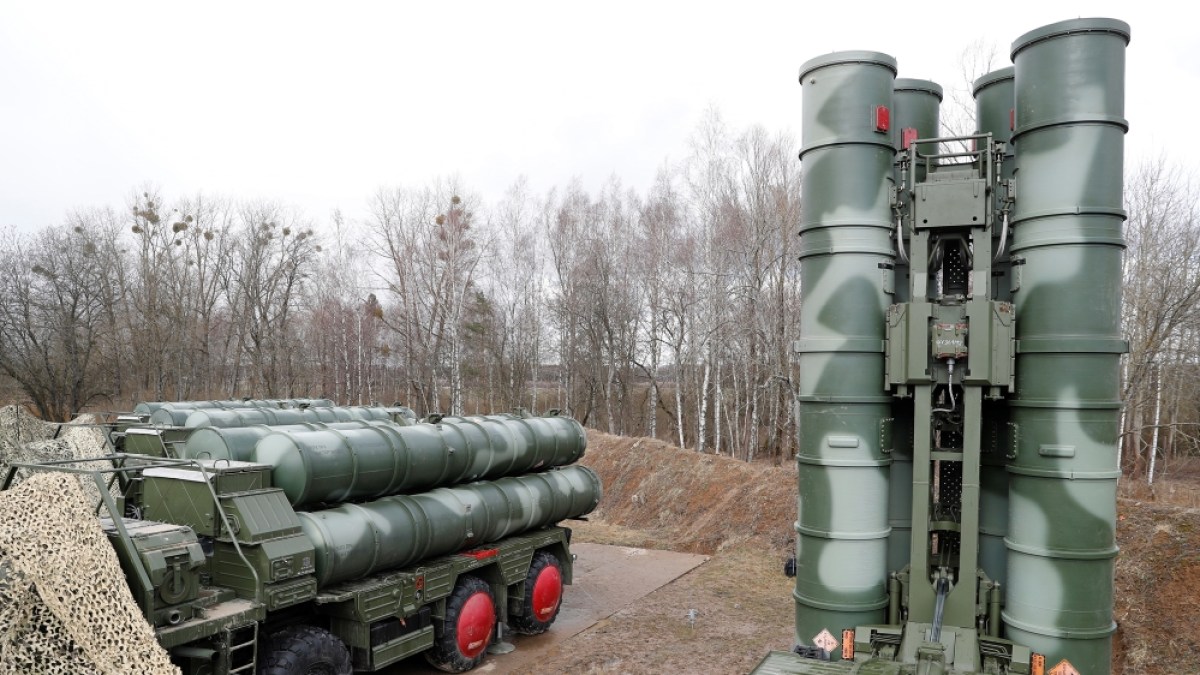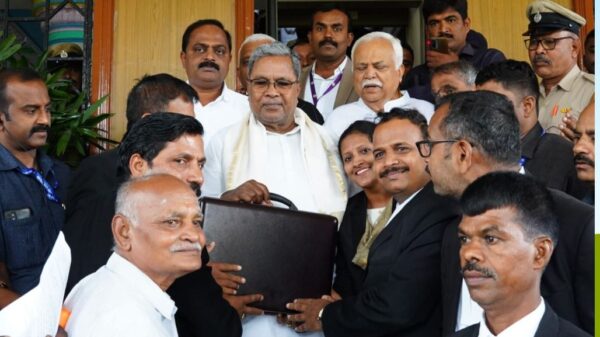In a significant move, Russian media reported on Tuesday about a new arms deal between New Delhi and Moscow, focusing on the production of IGLA S anti-aircraft missiles. This deal marks a strategic shift as the Russian staple missile, IGLA S, will now be manufactured in India. Known for its simplicity and effectiveness, the IGLA S is a portable, shoulder-launched system designed for a single operator to target enemy aircraft, differentiating between friend and foe before precisely engaging and taking down the threat.

Source: Times of India
Full Story:
India’s familiarity with the IGLA series dates back years, having utilized its predecessor, IGLA 1, since the 1980s. Despite not being the latest technology, the IGLA S, inducted into the Russian armed forces in 2002, remains a reliable and popular anti-aircraft missile. While it may lack the sleekness of its Western counterpart, the American stinger missile, the IGLA series has found favor in over 30 countries, including Armenia, Hungary, Romania, Malaysia, Singapore, and Vietnam.
So, why has India opted to manufacture this two-decade-old, yet proven, anti-aircraft missile locally? The answer lies in economics and strategic independence. Unlike typical defense purchases, this IGLA S deal is not merely about acquisition; it’s a manufacturing agreement. Under license, Russia will facilitate the production of IGLA S missiles in India. Given India’s status as the world’s largest arms importer, such collaborations offer a boost to the domestic arms industry and potentially reduce import costs.
This isn’t the first instance of such cooperation between India and Russia. A similar manufacturing deal was inked in 2021 for the production of the AK-203, a joint venture involving Indian and Russian entities. While the specific partners for the IGLA S deal remain undisclosed, it is likely to involve Russia’s Rosoboronexport and KBM, the developer of the IGLA missile.

Source: Al Jazeera
The involvement of a private company on the Indian side indicates a positive trend toward increased collaboration between the public and private sectors in defense manufacturing. However, the timeline for the rollout of ‘Made in India’ IGLA S missiles remains uncertain. Drawing insights from the AK-203 deal, production commenced approximately two years after the agreement’s signing in 2021. While the nature of the product may result in varied timelines, the emphasis is on meticulous planning to establish local manufacturing capabilities.
The move toward domestic production holds strategic advantages for India. It mitigates dependency on imports, ensuring a steady supply of crucial defense equipment even in times of global uncertainty, such as disruptions caused by conflicts or geopolitical tensions. The ongoing war in Ukraine has demonstrated the vulnerability of arms exports, with Russia redirecting resources to the front lines and even repurchasing weapons from its partners.



















































































